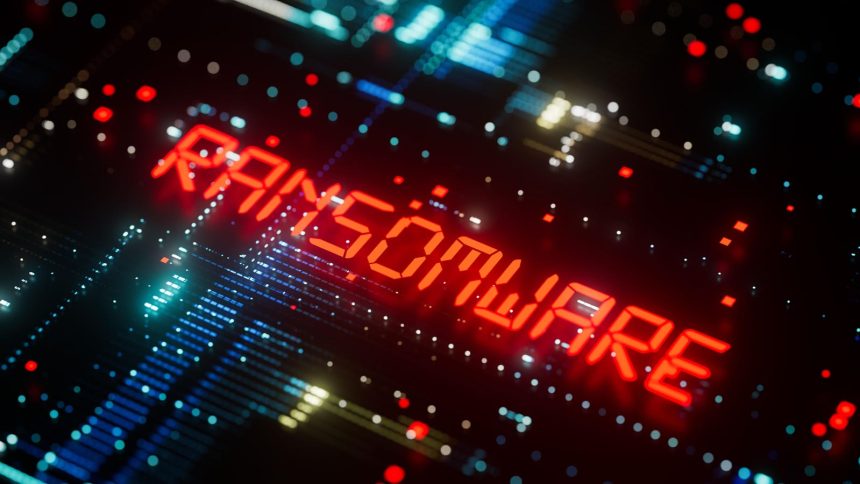Ransomware has become a ubiquitous and evolving threat to businesses worldwide, impacting organizations across all sectors with staggering financial, operational, and reputational consequences. The scale of the problem is vast, with thousands of incidents reported annually to law enforcement agencies like the FBI. However, the true extent of ransomware’s impact is likely significantly underreported, as many victims opt not to involve authorities, fearing further repercussions or believing that reporting will be futile. This underreporting hampers efforts to fully grasp the scope of the issue and develop effective countermeasures. The evolving nature of ransomware attacks, moving beyond simple data encryption to include data exfiltration and extortion, adds further complexity to the challenge.
The evolution of ransomware attacks has introduced the dangerous tactic of “dual extortion,” where perpetrators not only encrypt data but also steal sensitive information, creating a two-pronged threat. Victims face the dilemma of paying a ransom to regain access to their essential data, while simultaneously facing the risk of having confidential information exposed on the dark web or publicly released. This double jeopardy significantly increases the pressure on organizations to comply with ransom demands, despite warnings from law enforcement agencies that payment does not guarantee data recovery and may even encourage further attacks. The prevalence of dual extortion tactics highlights the increasingly sophisticated and malicious nature of ransomware operations.
The pervasiveness of ransomware is alarming, with a significant majority of organizations reporting being targeted in recent years, and a substantial portion experiencing multiple attacks within a single year. Despite the widespread awareness of the threat and the increasing frequency of attacks, there remains a concerning disconnect between recognizing the risk and investing in adequate cybersecurity measures. This discrepancy suggests a complacency or underestimation of the potential devastation of a ransomware attack. The healthcare sector, due to its reliance on real-time data access and the critical nature of its services, has become a particularly attractive target for ransomware actors, demonstrating the callous disregard for human life that characterizes these criminals.
High-profile ransomware attacks against organizations such as Ascension Health, the Los Angeles Unified School District (LAUSD), and Frontier Communications illustrate the far-reaching impact of these attacks across diverse sectors. These incidents not only disrupted operations and compromised sensitive data, but also highlighted the vulnerability of large, complex organizations, regardless of their industry or resources. The attack on Ascension Health, one of the largest healthcare systems in the US, underscored the potential for ransomware to disrupt essential services and compromise patient care, placing lives at risk. Similarly, the LAUSD attack demonstrated the vulnerability of educational institutions and the potential for sensitive student data to be exploited. Frontier Communications’ breach emphasized the disruption to critical infrastructure and the exposure of personal data that can result from these attacks.
The economic toll of ransomware extends far beyond the ransom payments themselves. The costs associated with downtime, data recovery, reputational damage, legal fees, regulatory fines, and potential business closures can be substantial, often dwarfing the initial ransom demand. Moreover, paying the ransom does not guarantee the recovery of data or prevent future attacks. In many cases, victims who pay the ransom never receive decryption keys, or the keys provided are ineffective. The lasting effects of a ransomware attack can include loss of customer trust, increased difficulty in securing cyber insurance, and ongoing regulatory scrutiny, highlighting the long-term consequences for affected organizations.
While the overall ransomware landscape remains challenging, there are indications of a potential decline in ransomware exposure, possibly due to the increasing reluctance of cyber insurers to pay ransom demands. This shift in insurance practices is forcing organizations to prioritize proactive mitigation and recovery strategies rather than relying on insurance payouts as a primary response. The refusal to pay ransoms is disrupting the ransomware business model and may be contributing to a decrease in the frequency of attacks. Furthermore, successful responses to ransomware attacks, such as that of MGM Resorts, demonstrate that resilience is possible through robust cybersecurity measures, effective incident response plans, and a refusal to succumb to extortion. These success stories provide valuable lessons for other organizations seeking to strengthen their defenses against ransomware.



